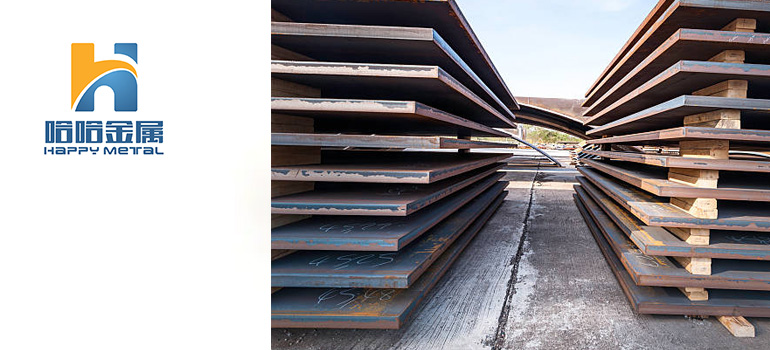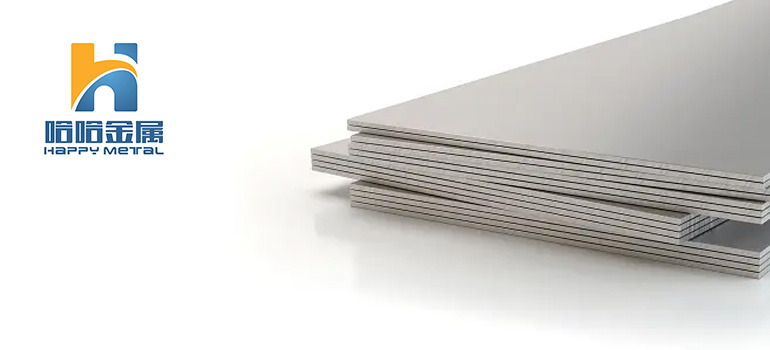Summary:
The different between Stainless steel sheet and plate
What is stainless steel sheet ?
What is stainless steel plate ?
different between Stainless steel sheet and plate
What is stainless steel sheet
A stainless steel sheet is a flat, thin, and rectangular piece of stainless steel material. It is a versatile and widely used product in various industries and applications due to the unique properties of stainless steel, which include corrosion resistance, durability, and a polished appearance. Stainless steel sheets are manufactured in a range of thicknesses, typically ranging from very thin foils to thicker sheets.
Here are some key characteristics and uses of stainless steel sheets:
Thickness: Stainless steel sheets come in various thicknesses, starting from extremely thin foils, which can be as thin as 0.006 inches (0.15mm), to thicker sheets that can be several inches thick. The choice of thickness depends on the specific application and the required strength or flexibility.
Size: Stainless steel sheets are available in various sizes and dimensions. While standard sizes like 4×8 feet or 4×10 feet are common, custom sizes can also be fabricated to meet specific project requirements.
Applications: Stainless steel sheets find applications in a wide range of industries and uses, including but not limited to:
Kitchen Appliances: Stainless steel sheets are commonly used for making kitchen appliances such as refrigerators, ovens, sinks, and countertops due to their resistance to staining and corrosion.
Automotive Industry: They are used for decorative trim, exhaust systems, and other components in vehicles.
Architectural and Decorative Elements: Stainless steel sheets are used for decorative wall panels, elevator doors, and other architectural elements.
Roofing and Cladding: In construction, stainless steel sheets are used for roofing, cladding, and exterior applications.
Industrial Equipment: Stainless steel sheets are employed in various industrial equipment, including storage tanks, chemical processing equipment, and machinery components.
Electronics: They are used in the production of electronic enclosures and housings.
Surface Finish: Stainless steel sheets can be manufactured with different surface finishes, including a polished or brushed finish, depending on the desired aesthetic and functional requirements.
Corrosion Resistance: One of the primary advantages of stainless steel sheets is their excellent resistance to corrosion, which makes them suitable for use in environments where exposure to moisture and chemicals is common.
Fabrication: Stainless steel sheets are often cut, bent, welded, and formed into various shapes and sizes to meet specific project requirements. They can also be perforated for filtration or decorative purposes.
What is stainless steel plate
A stainless steel plate is a flat, thick, and rectangular piece of stainless steel material that is thicker than stainless steel sheets. Like stainless steel sheets, stainless steel plates are made from stainless steel, an alloy primarily composed of iron, chromium, nickel, and other alloying elements. Stainless steel plates are known for their corrosion resistance, durability, and strength, and they are used in a wide range of industrial, commercial, and residential applications.
Here are some key characteristics and uses of stainless steel plates:
Thickness: Stainless steel plates are thicker than stainless steel sheets. They are typically categorized as plates when they have a thickness of 6mm (0.236 inches) or greater. Some plates can be several inches thick, depending on the application and required strength.
Size: Stainless steel plates come in various sizes and dimensions, often starting at dimensions like 48 inches by 96 inches (4×8 feet) and going up from there. Custom sizes can also be fabricated to suit specific project requirements.
Applications: Stainless steel plates are used in applications where strength, durability, and resistance to corrosion are essential. Some common applications include:
Heavy Machinery: Plates are used in the construction of heavy machinery and equipment, where their strength and resistance to wear and tear are crucial.
Industrial Equipment: They are employed in the manufacturing of industrial equipment, including pressure vessels, storage tanks, and processing machinery.
Structural Components: Stainless steel plates can be used in the construction of buildings, bridges, and other structural elements where load-bearing capacity is necessary.
Aerospace and Defense: Plates are used in aircraft and military vehicles due to their strength and corrosion resistance.
Marine Applications: Stainless steel plates are often used in the marine industry due to their ability to withstand exposure to saltwater and harsh marine environments.
Energy Sector: They are used in the oil and gas industry for applications such as drilling equipment and pipelines.
Surface Finish: Stainless steel plates can have various surface finishes, including hot-rolled, cold-rolled, and polished finishes, depending on the intended use and aesthetic requirements.
Corrosion Resistance: Like stainless steel sheets, stainless steel plates offer excellent resistance to corrosion, making them suitable for use in environments where exposure to moisture, chemicals, and other corrosive elements is a concern.
Fabrication: Stainless steel plates can be cut, machined, welded, and formed into specific shapes and sizes to meet the needs of various applications.
different between Stainless steel sheet and plate

Stainless steel sheet and plate are two common forms of stainless steel products used in various industrial, commercial, and residential applications. They are both made from stainless steel, a corrosion-resistant alloy primarily composed of iron, chromium, nickel, and other alloying elements. Stainless steel is prized for its resistance to rust, staining, and corrosion, making it ideal for a wide range of applications. Here’s a brief overview of stainless steel sheet and plate:
Thickness:
Stainless Steel Sheet: Sheets are typically thinner than plates and are often referred to as being in the “sheet” category if they are less than 6mm (0.236 inches) thick. They are generally used for applications where a thinner material is sufficient.
Stainless Steel Plate: Plates are generally thicker than sheets and are typically categorized as being 6mm (0.236 inches) or thicker. Plates are used when higher strength and durability are required, such as in heavy-duty industrial applications.
Size:
Stainless Steel Sheet: Sheets are available in various sizes and dimensions, but they are typically larger in width and length compared to plates. Sheets are commonly sold in standard sizes, such as 4×8 feet or 4×10 feet.
Stainless Steel Plate: Plates are usually available in larger sizes compared to sheets. They are commonly found in sizes ranging from 48 inches by 96 inches (4×8 feet) to even larger dimensions.
Applications:
Stainless Steel Sheet: Sheets are often used in applications where a flat, smooth surface is required, such as kitchen appliances, automotive trim, backsplashes, decorative elements, and roofing materials. They are also used in the fabrication of smaller structural components.
Stainless Steel Plate: Plates are used in more demanding applications where strength, durability, and resistance to corrosion are critical. This includes heavy machinery components, industrial equipment, pressure vessels, and structural components in construction and manufacturing.
Tolerance and Flatness:
Stainless Steel Sheet: Sheets are generally produced with tighter tolerances and flatter surfaces compared to plates. They are often manufactured with higher precision for applications where flatness and surface finish are essential.
Stainless Steel Plate: Plates may have slightly looser tolerances and may not be as flat as sheets. They are usually supplied with a rougher surface finish, as they are often further processed by machining or grinding to meet specific requirements.
Cost:
Stainless Steel Sheet: Sheets are generally less expensive than plates due to their thinner gauge and smaller size. They are a cost-effective choice for many applications.
Stainless Steel Plate: Plates are typically more expensive than sheets because of their greater thickness and larger size. They are an investment for applications that require their specific characteristics.
In summary, stainless steel sheets are thinner, have smaller dimensions, and are used for applications where thickness and strength are not the primary considerations. Stainless steel plates, on the other hand, are thicker, larger, and suited for applications demanding higher strength and durability. The choice between sheet and plate depends on the specific requirements of the project or application.




